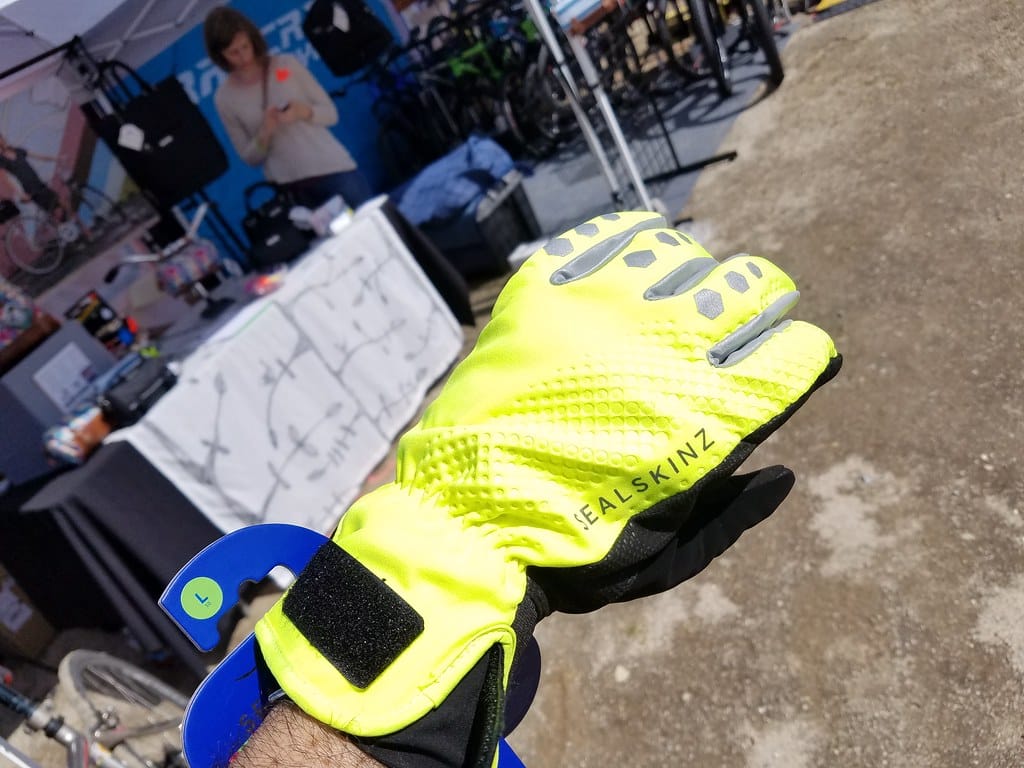
Uniforms aren’t just about appearance—they’re also about compliance.
In many industries, uniforms function as certified safety equipment.
Choosing the wrong fabric, skipping proper labeling, or failing to meet standards isn’t just risky—it can put your company on the wrong side of the law.
Here’s what every buyer, operations manager, and safety officer needs to know about uniform-related regulations in the workplace.
When Is a Uniform Legally Considered PPE?
If a uniform protects the wearer from a workplace hazard, it becomes Personal Protective Equipment (PPE).
This includes garments that:
- Resist fire, flame, or arc flash
- Provide high visibility
- Protect against chemicals, heat, or electric shock
- Prevent contamination in sterile environments
✅ The moment a uniform plays a protective role, it must meet PPE standards and laws—not just dress code policies.
USA Regulations: OSHA & NFPA
1. OSHA 1910 Subpart I – General PPE Standards
- Employers are responsible for providing PPE at no cost to employees
- Uniforms that serve as PPE must be tested, labeled, and maintained
2. NFPA 2112 – Flame-Resistant Garments
- Applies to oil & gas, chemical, and combustible dust environments
- Garments must pass flash fire testing and be certified by a third-party lab
3. NFPA 70E – Electrical Arc Flash Protection
- Garments must be arc-rated (e.g., CAT 2, CAT 3)
- Required in electrical work above 50 volts
- Uniforms must cover body fully with no melting materials
⚠️ Failure to comply = OSHA citations, fines, and liability if injury occurs.
Europe Regulations: CE Marking & EN ISO Standards
All PPE uniforms in the EU must carry a CE mark and meet relevant EN standards.
| EN Standard | Use Case | Compliance Notes |
|---|---|---|
| EN ISO 11612 | Heat and flame protective clothing | Includes A1–F codes (radiant, contact heat) |
| EN ISO 20471 | High-visibility clothing | Class 1–3 based on reflectivity & coverage |
| EN 1149-5 | Anti-static protection | Used in explosive environments |
| EN ISO 13688 | General performance and ergonomics | Covers sizing, labeling, design safety |
✅ Uniforms must include standard codes + pictograms on the label, and a Declaration of Conformity (DoC) from the manufacturer.
Middle East & Asia: Hybrid Compliance Models
Many countries follow a mix of EN and ASTM/NFPA standards, especially for:
- Oil & gas
- Construction
- Manufacturing export zones
Examples:
- UAE / KSA: Aramco and ADNOC specify NFPA 2112 or EN ISO 11612
- Singapore / Malaysia: Accept CE-certified uniforms for industrial zones
- India / China: Require ISO test reports for large tenders
✅ Always ask what regional or company-specific compliance is required before production.
Key Employer Responsibilities
Whether you’re a buyer, safety manager, or HR head, you must ensure:
- Uniforms are certified for the hazard present
- Employees receive proper training on wear and care
- Damaged or expired uniforms are replaced promptly
- Uniforms are stored and maintained correctly
- Labels are present, legible, and up-to-date
👷 Non-compliance risks not just injury—but lawsuits, fines, and brand damage.
Labeling Requirements: What Must Be on Every Compliant Uniform?
For PPE-classified garments, labels must show:
- Manufacturer name + product ID
- Compliance standard (e.g., EN ISO 11612, NFPA 2112)
- Performance levels (e.g., A1 B1 C1)
- Date of manufacture or certification
- Size, care instructions, and pictograms
✅ Ask your supplier to show a sample label and DoC before confirming production.
Common Compliance Mistakes to Avoid
| Mistake | Why It’s a Problem |
|---|---|
| Using non-FR garments in hot work zones | May melt or ignite, violating OSHA or EN standards |
| Skipping CE/NFPA labeling | Garments fail audits or workplace inspections |
| Modifying garments after purchase | Alters certification validity |
| Using reflective tape not EN ISO 20471 | Hi-vis uniforms become non-compliant |
| Buying based on price only | Cheap garments often skip proper testing or labeling |
🚫 Compliance isn’t a feature—it’s a legal obligation.
What to Ask Your Supplier
- Are these uniforms certified to NFPA, EN, or ANSI standards?
- Can you provide test reports, CE certificates, or a Declaration of Conformity?
- Will the labels include proper hazard codes and pictograms?
- How long is the certification valid, and how should garments be stored?
- Are there dual-compliant options for multi-region use?
At workwearsolutions, every compliant garment we deliver comes with labeling, documentation, and the testing data you need to prove it.
Conclusion
Uniforms don’t just represent your company—they also represent your duty of care.
As a buyer:
- Don’t treat uniforms as just clothing
- Know when a uniform becomes PPE, and what laws apply
- Demand certifications, labels, and ongoing support from your supplier
Need certified, legally compliant uniforms for your workforce—delivered with full documentation? Let’s make sure what your team wears protects your people, your brand, and your bottom line.
📩 Contact: [email protected]
🌐 Visit: www.workwearsolutions.net
Zion Zhang
Recent Posts
 Fatigue-Monitoring Smart Vests2025年12月23日Data-Driven Fatigue Prevention for Food Processing and Cold […]
Fatigue-Monitoring Smart Vests2025年12月23日Data-Driven Fatigue Prevention for Food Processing and Cold […] 100-Wash Antimicrobial Durability: Long-Lasting Hygiene Protection for Food and Healthcare Industries2025年12月20日Food processing plants and healthcare facilities are […]
100-Wash Antimicrobial Durability: Long-Lasting Hygiene Protection for Food and Healthcare Industries2025年12月20日Food processing plants and healthcare facilities are […] Future Reflective Materials: Adaptive Visibility for High-Mobility and High-Risk Work Environments2025年12月19日Modern industrial workplaces are evolving rapidly. […]
Future Reflective Materials: Adaptive Visibility for High-Mobility and High-Risk Work Environments2025年12月19日Modern industrial workplaces are evolving rapidly. […] Next-Gen FR Fabrics: Lighter, Softer, and More Durable Flame-Resistant Workwear for Long Shifts2025年12月18日For decades, flame-resistant (FR) workwear has been […]
Next-Gen FR Fabrics: Lighter, Softer, and More Durable Flame-Resistant Workwear for Long Shifts2025年12月18日For decades, flame-resistant (FR) workwear has been […] Nano-Coatings Reduce Washing Frequency: Smarter Workwear for Cleaner, More Efficient Operations2025年12月17日Industrial workwear is no longer evaluated solely on […]
Nano-Coatings Reduce Washing Frequency: Smarter Workwear for Cleaner, More Efficient Operations2025年12月17日Industrial workwear is no longer evaluated solely on […] Self-Healing Fabrics: The Future of Durable Protective Workwear in Extreme Industries2025年12月16日Self-healing fabrics represent one of the most […]
Self-Healing Fabrics: The Future of Durable Protective Workwear in Extreme Industries2025年12月16日Self-healing fabrics represent one of the most […]
CONTACT US
- Feel free to contact us any time. We will get back to you as soon as we can!
- +86-17330061805
